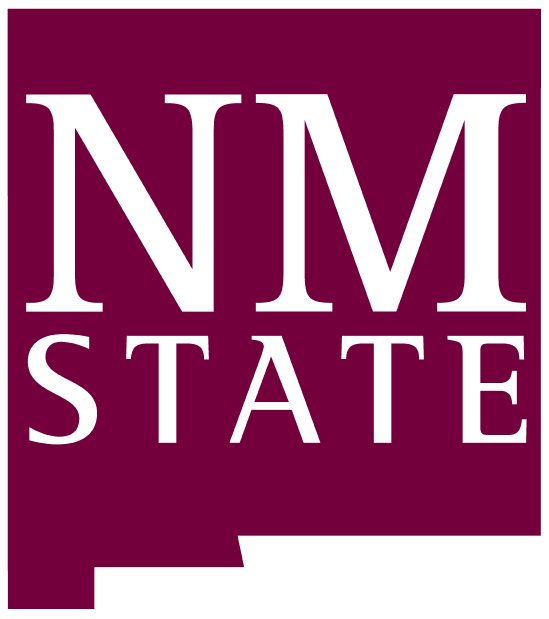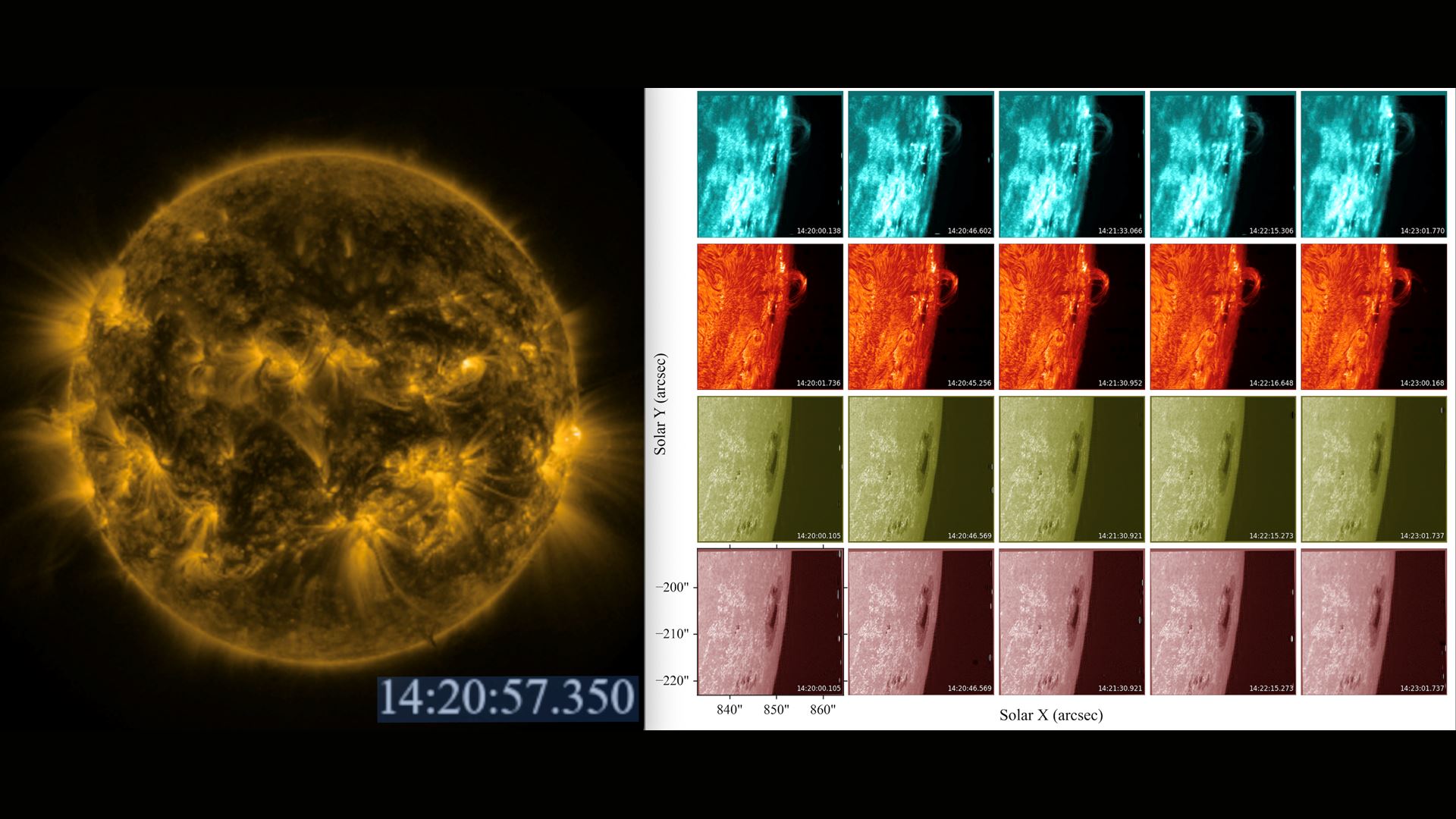A New Mexico State University astronomer and her team can now predict space weather in the sweet spot between two extremes of current methods that provide warnings of solar flares that can significantly impact our daily lives. Currently, the predictions either provide a few hours to a few days’ notice or … about 11 years notice.
Instead, Juie Shetye and Mausumi Dikpati’s new AI/ML method can provide notice of disruptive solar flares within a year. Their paper, titled "Analysis of Short-term Solar Activity Variability and Estimating Timings of Next Enhanced Bursts," will be published in the Oct. 14 edition of The Astrophysical Journal.
“I want to give governments enough notice to let them prepare for the next massive solar flare event,” said Shetye, an NMSU associate astronomy professor. “This new statistical analysis with machine learning can tell you eight months to a year in advance that there's going to be a period of increased number of sunspots on the sun, and we can tell you it’s going to last for next four to six months. So, they will have time to make decisions if they know 10 months down the line there will be a high activity period.”
The average solar flare takes two days to reach Earth. A massive geomagnetic storm might provide a few days’ notice to switch off satellites, turn off power grids, etc. Shetye’s team assumed an increase in sunspot activity would lead to solar flares, and they were right. The team’s model can directly tell when solar flares will happen. This new method can predict solar eruptions within a more reasonable window to allow governments and businesses extra time to make plans, protect their facilities and save money.
Using data of daily sunspot observations between 1878 and 2025, the team analyzed the solar cycles and taught a statistical-machine learning model how to analyze this data and predict the future. “We analyzed 53,000 days. That’s 53,000 data points. With this massive number of data points, we tried to come up with predictions using a machine learning algorithm,” Shetye said.
Subomi Oyewole, one of Shetye’s graduate research assistants, has been working on the project for about one year. “Instead of traditional statistical models, I use a hybrid LSTM (long short-term memory) approach trained on hemispheric sunspot time series with physics-informed features such as cycle landmarks and north-south asymmetries,” Oyewole said. “This lets us capture nonlinear patterns and improve timing/peak forecasts. By refining the timing of these events and studying the underlying magnetic patterns driving solar cycles, we can better anticipate periods of higher flare activity rather than reacting after the fact.”
Shetye explained publication of the article in The Astrophysics Journal is a first step. “One of the questions that I had was what is our confidence level? How confident are we that this is going to happen? So, we did some basic confidence level metrics, and it shows us a 95% confidence threshold. Now that we have the model out there, it’s time to refine that model with newer techniques and get more students involved.”
“The sun’s activity isn’t perfectly symmetrical; the northern and southern hemispheres sometimes evolve on slightly different schedules,” Oyewole said. “By modeling these hemispheric differences, we can see how one side of the Sun might lead or lag the other and how that affects global space weather. Our extended forecast suggests the next few solar cycles could remain relatively strong, meaning that while we can expect more auroras, we also need continued vigilance for technology affected by solar storms.”
Ultimately, Shetye’s plan is to have a consistent prediction model that will be live, predicting birth periods of solar flares to run side by side with the space center model to tell governments, businesses and others how the overall solar cycle is behaving.
“It’s a global model so it can be applied to anything,” Shetye said. “Now that we have the model, we can add other physical parameters to it like magnetic field strength, relation to geomagnetic storms. We’re talking about a novel model that the machines can learn from and find correlations, so, it’s very exciting. This whole thing starts an interesting collaborative research field. We’ll see where it takes us.”
-30
CUTLINE: This image of the sun reflects intense radiation bursts, a flurry of smaller flares and a swirling solar tornado. (NASA photo)
CUTLINE: These images depict sunspots’ connection to solar flares. (Image credit: Edd Sanchez)

